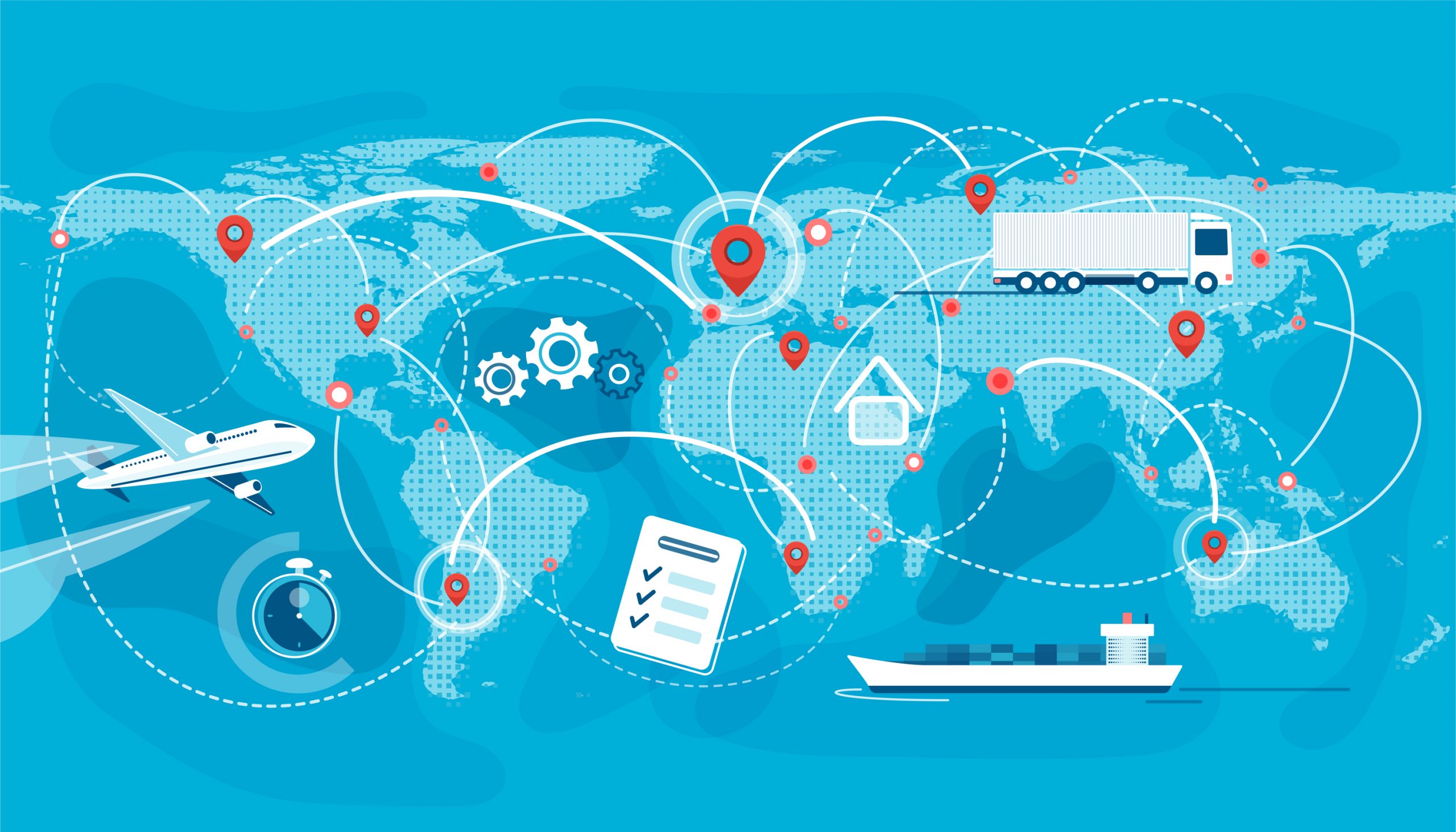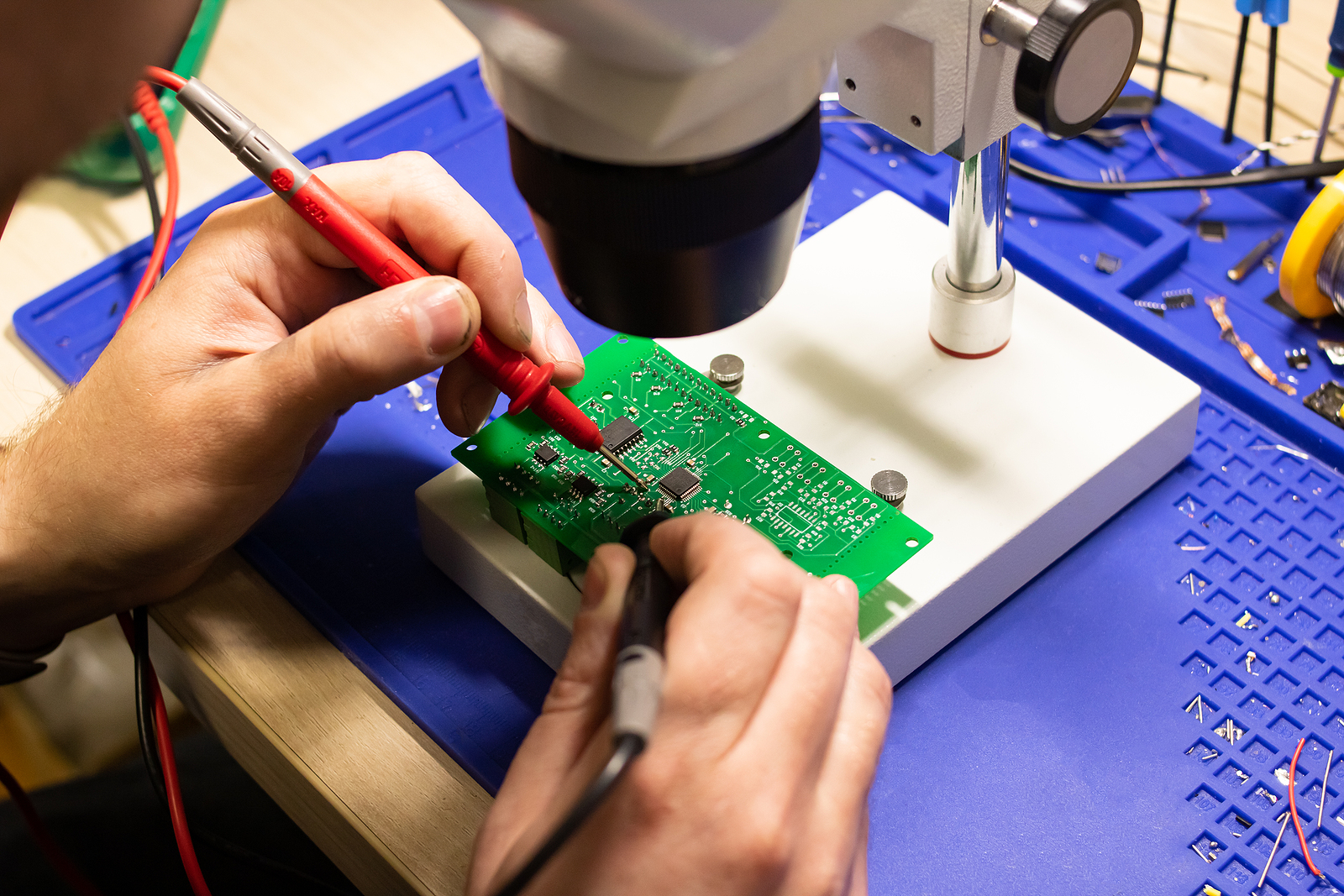The History of: Manufacturing – Supply Chain
If you’re anything like me, you’ve likely heard the words and the phrase “supply chain” more this year than ever before. It seems everywhere you go or to everyone you talk to, “the supply chain” comes up in conversation in some way, shape, or form. Whether you’re familiar with it or not, check out this post from PMG, telling you what it is and why it’s important. Then, read on to learn all about the history of supply chains and supply chain management.
What It Was
Prior to any of the industrial revolutions, supply chains were restricted to items available immediately and/or in close proximity to local regions or areas in which people were living. As a result, lifestyles were largely agricultural and worked with what the land could give. However, with each industrial revolution came a little more technology, a little more production, and a lot more transportation. These three things truly changed the way goods were produced and the ways in which goods were shared.
Where It Went
Critical to the supply chain is transportation. Without transportation, we would continue to live and work in societies supported by items easily accessed. With transportation, it’s easier (and faster) to transport goods. Railroads were instrumental to the supply but it wasn’t until the invention of internal combustion engines and cars that we really saw major changes occur. It was at this time in the late 19th century, we saw the invention of the semi-truck and diesel engines for the transport of goods. We also saw progress on the handling of goods by building hand trucks and starting to think about concepts such as the forklift.
[av_image src=’https://flextrades.com/wp-content/uploads/2021/11/bigstock-Container-Cargo-Port-Ship-Yard-369019282.jpg’ attachment=’9335′ attachment_size=’full’ align=’center’ animation=’no-animation’ link=” target=” styling=” caption=” font_size=” appearance=” custom_class=”][/av_image]
As you can imagine, with the increase in the movement of goods (whether by rail or road), the product intended for a destination needed somewhere to go upon arrival. Therefore, we also saw upticks (and upgrades) in warehouses and storage buildings. With increased ability to store items, we also increased ability to handle items. Therefore, in the early 19th century, the forklift was finally invented, and we started using pallets to store items. Pallets, as simple as they seem, were incredibly important to the supply chain because they allowed product to be stored vertically, requiring less space and also allowing easier movement.
What Took It Further
Technology changes a lot of things but so do major life events. During World War II, supply chain was absolutely critical. Troops overseas and abroad needed supplies but the question was, how do we get the supplies overseas as quickly as possible? This question is where supply chain (as we know it) truly begins and is the starting point for supply chain engineering, research, and management. As a result, we saw a lot of changes in supply chains including:
- Pallet, pallet handling, and storage system inventions and development in the 1930s and 1940s
- The invention of the shipping container and the logistics needed to transport it in the 1950s
- The use of trucks rather than rail in the 1960s
- IBM’s invention of a computerized inventory management system in 1967
- The creation of a real-time WMS (warehouse management system) in 1975 in addition to barcodes and scanners
[av_image src=’https://flextrades.com/wp-content/uploads/2021/11/bigstock-Warehouse-Management-Innovativ-431291756.jpg’ attachment=’9333′ attachment_size=’full’ align=’center’ animation=’no-animation’ link=” target=” styling=” caption=” font_size=” appearance=” custom_class=”][/av_image]
But of course, as you know from the industrial revolutions, good is never good enough. It was the 1980s and 1990s that truly advanced supply chain for us. In fact, it was in 1983 that the term “Supply Chain Management” came to life. With the increase in technology, computer, spreadsheets, maps, networking, and overall distribution, supply chains were getting bigger and bigger. Imaginations were going wild with the idea of global supply chains.
What’s Next?
This is where we are at now. With increased manufacturing in countries outside of the US, there are now more suppliers of goods than ever before and from all areas of the world. To manage supply chains on a global level, we now heavily rely on artificial intelligence to perform analysis of supply chain operations so we can accurately forecast. This ultimately allows for better order management. With more data- and network-driven abilities such as real-time monitoring and any new technologies – we continue to produce in this Internet of Things (IoT) world. Supply chains and supply chain management will continue to change.
Kim Mooney, Technical Manager & Coach








